Taiga biome is harsh! But yet life finds a way to survive. Read to know the plant and animal life supported by the boreal forests.
Taiga is the cold, subarctic region which is classified as one of the important biomes of the earth due to its massive carbon production. In the northern hemisphere, this region lies just below the Arctic Circle - between the tundra and temperate zones. Also known as boreal forests, the taigas cover almost 11.5% of the earth’s land. Summers are short, and the winter months see very heavy snowfall, thus the life in the forest has adapted to withstand freezing temperatures all year round. From Alaska to Canada to Scandinavia to Asian Siberia, taiga forests form an uninterrupted belt of more than 5,750 kilometres. There are no taiga forests in the Southern Hemisphere due to lack of landform.
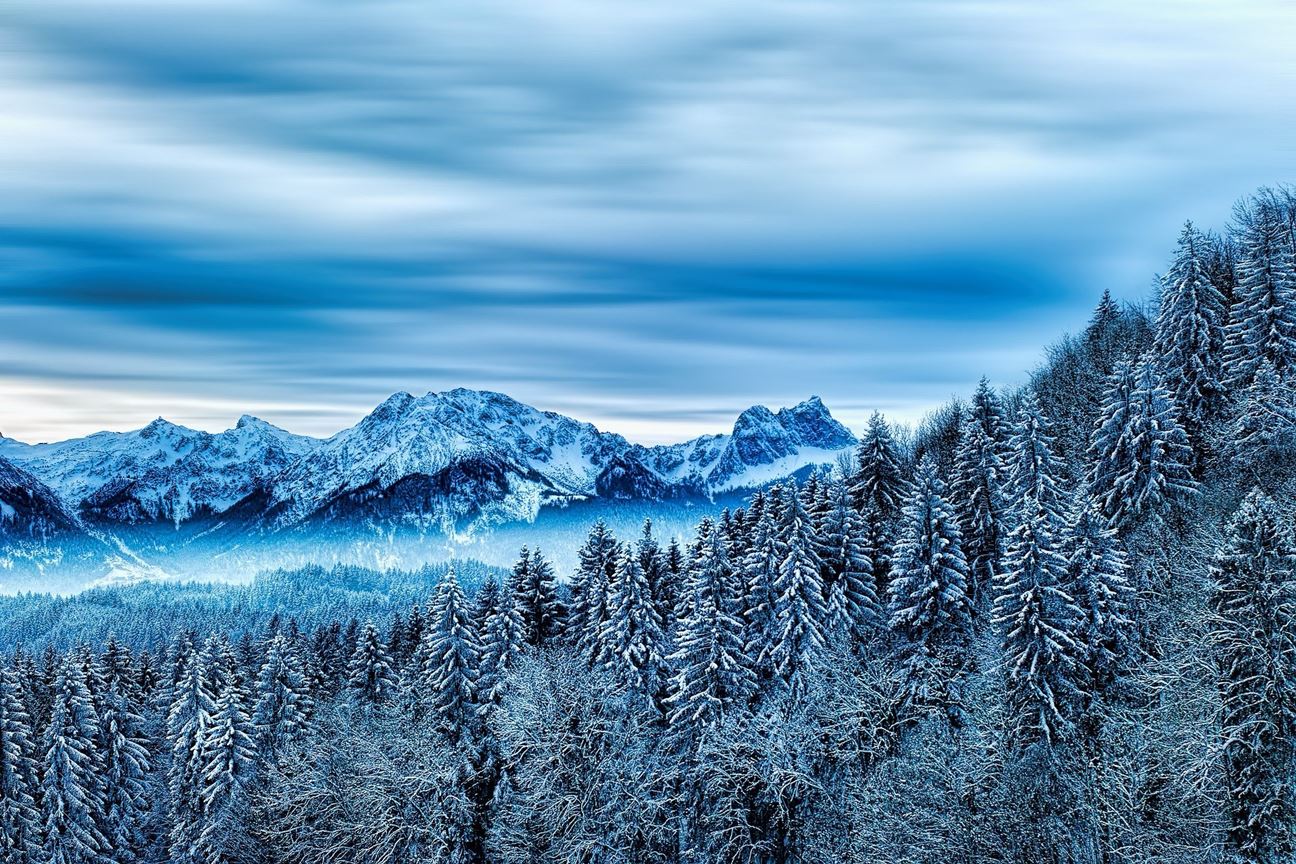 A typical snowy taiga, or boreal forest
A typical snowy taiga, or boreal forest
Location
Boreal forests are circumpolar and are found all over the world. The taiga ecosystem makes for the world’s largest terrestrial biome and is found between the latitudes of 50° N and 65° N in the northern hemisphere. From west to east, below are locations for taiga forests.
- North America - The taiga forest occupies most of inland Canada and Alaska and part of the United States.
- Europe - Sweeps of the forests are found in parts of Sweden, Norway, coastal Iceland, and Finland.
- Asia - The forest usually covers a large part of northern Russia extending from Karelia to the east, covering most of Siberia. Taiga forests are also found in northern parts of Mongolia, China, and Kazakhstan. The island of Hokkaidō in Japan also features a boreal forest, thanks to its significant snowfall.
Climate
Warmer than the tundra, yet extremely cold! The climate in the taiga biome is frigid for the most part of the year. Winter months are long and cold. Summer months usually last only an average of 3 months, with an average temperature ranging from 20 to 25°C. Jezo spruce, Manchurian fir, and Korean pine are some plants that grow during the summer months. The rest of the months are cold with temperatures below the freezing point. The average annual temperature of the taiga biome ranges between −5 to 5 °C, which is to say that it is one of the lowest annual average temperatures found on earth. Siberian taiga is known to have some of the coldest temperatures, with lows reaching −50 °C. The interior Alaska-Yukon region also has similarly low temperatures. Due to such harsh weather conditions, the quality of the soil found in the taiga region is very poor and has low fertility. In the northern taiga, most of the land is covered in permafrost.
When it comes to precipitation, the average annual rainfall ranges between 20 and 50 millimetres. Snow can remain on the ground for the most part of the year.
Plants of Taiga
Taiga forests are mainly dominated by conifer evergreens in the north, but as you move towards southern taigas, you will also find deciduous trees.
Before we move on to reading about the plants that grow in Taiga forests, let us take a look at the growing conditions in the region and the subsequent plant adaptations. As you go further north, the growing conditions get far from ideal. With the ground covered in snow for almost nine months, the plants here are left with very little time to ‘grow’. The plants stay close to the ground in many parts, and when the spring finally arrives, the topsoil begins to warm up, the snow thaws, and the ground can become waterlogged, thus hindering normal plant growth. Reasons such as acidic soil and fewer active soil microbes also prevent plants from growing to their full potential. And for these reasons, plants have adapted to tip the scales to their advantages. For example, the conifers grow upwards in conical shapes and this prevents snow from settling on trees for longer periods. They also have flexible branches to reduce breakage due to snow accumulation. Plants also grow close to each other and create their own microclimate, which lessens the difference between extreme temperatures. Because plants retain their leaves all year round, they can immediately begin the process of photosynthesis once the snow clears. Many taiga conifers have a symbiotic relationship with the fungi called mycorrhizas that live in their roots. While fungi help the plants with the absorption of nutrients from the soil, the plant in return provides the fungi with sugars.
Some common taiga conifer trees are
- Tamarack Larch - Found in North America, the tamarack larch is a mid-sized conifer with blue-green leaves that turn yellow in fall before they are shed.
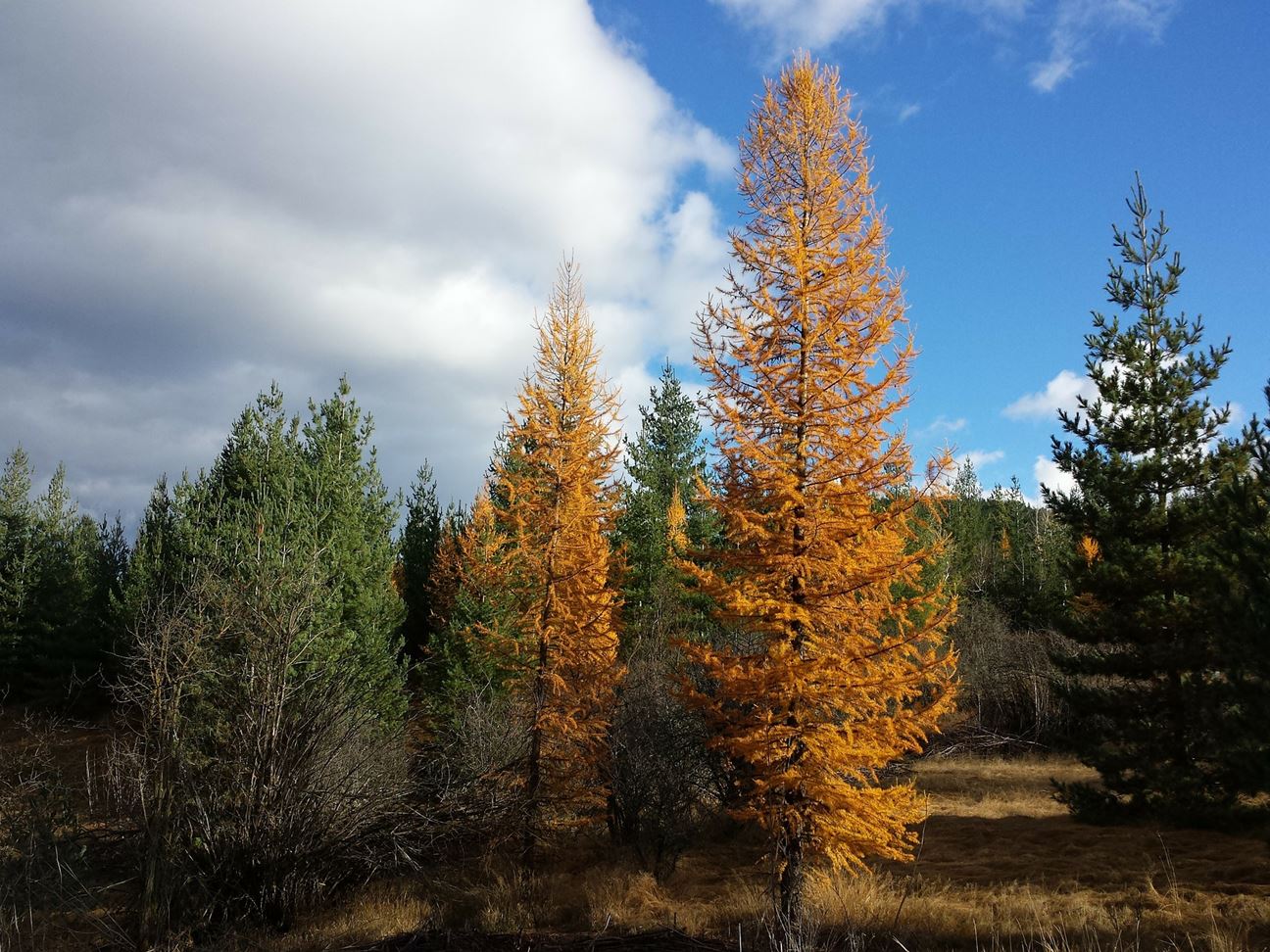 A Tamarack Larch found in Idaho Forest
A Tamarack Larch found in Idaho Forest
- Balsam Fir - Commonly found in the northeastern United States, is a small conifer. They have dark green and shiny needles and are used as a common Christmas tree.
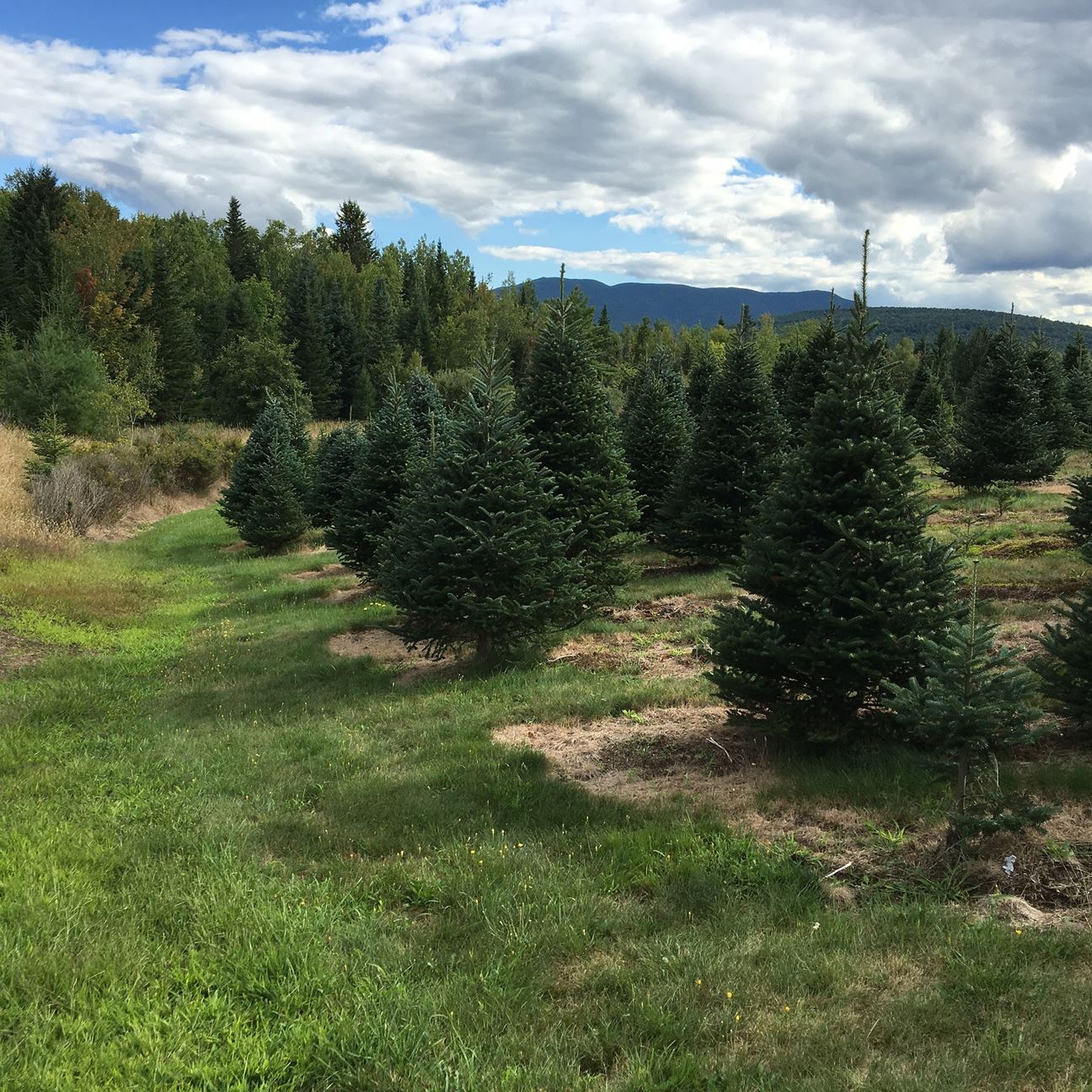 A Balsam Fir growing in the wild which will be later used as a christmas tree
A Balsam Fir growing in the wild which will be later used as a christmas tree
- Black Spruce - Most commonly found in North America, the foliage of the black spruce is dark, almost black. The trees are straighter compared to other spruces and have the smallest cones among the other trees of the family. The needles have four sides and are attached singly to the branch.
 Black Spruce seen in the wild
Black Spruce seen in the wild
- Scots Pine - These trees are dominantly found in western parts of Russia and some Scandinavian forests. This mid-sized conifer has blue-green needles that grow in pairs. Their bark is reddish-orange bark, which gives the tree its distinct appeal.
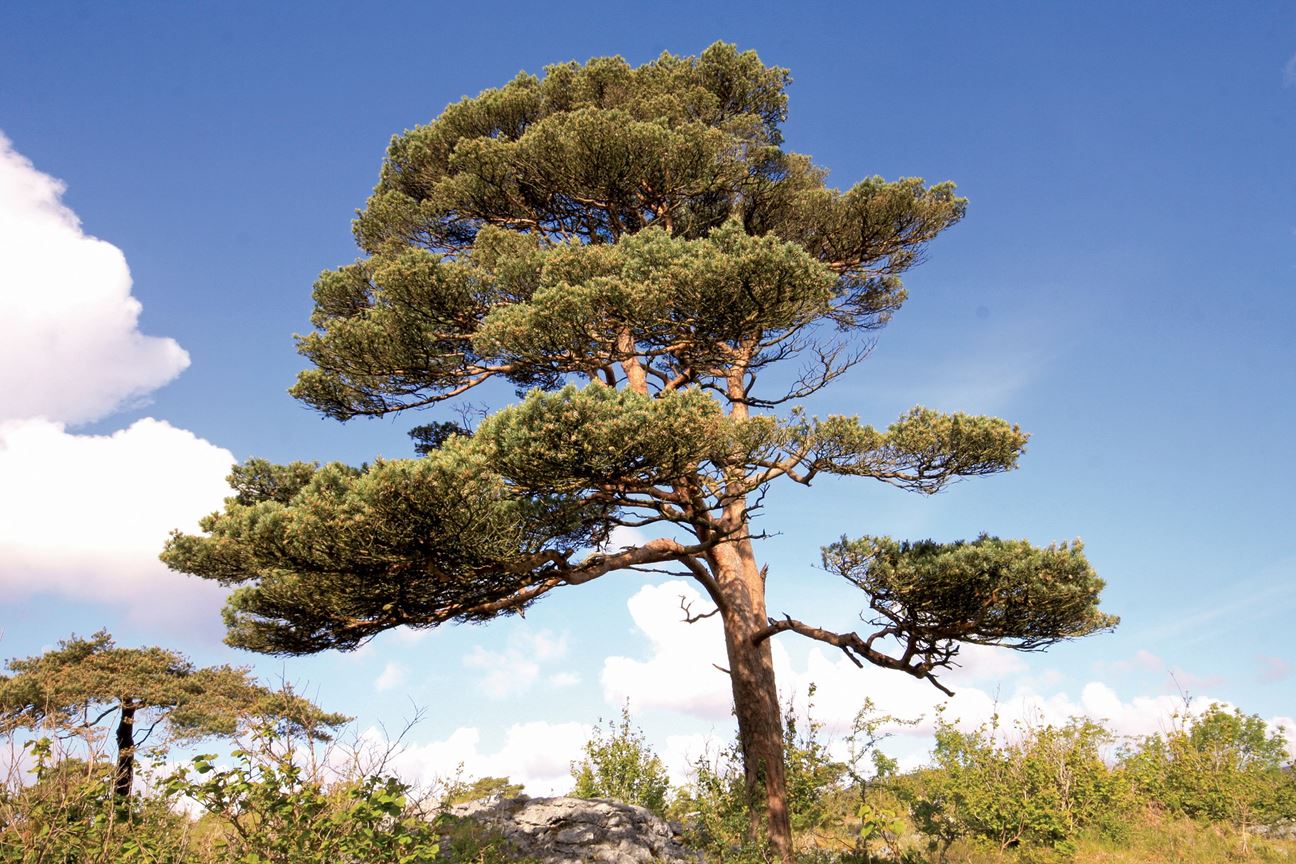 A Scots Pine seen in the wild
A Scots Pine seen in the wild
- Siberian Fir - This tree is native to Siberia, but also found in Mongolia and China. Siberian Firs have adapted themselves to survive in temperatures as low as −50°C. The oils extracted from their leaves are used as an essential oil in many aromatherapy products, candles, and perfumes.
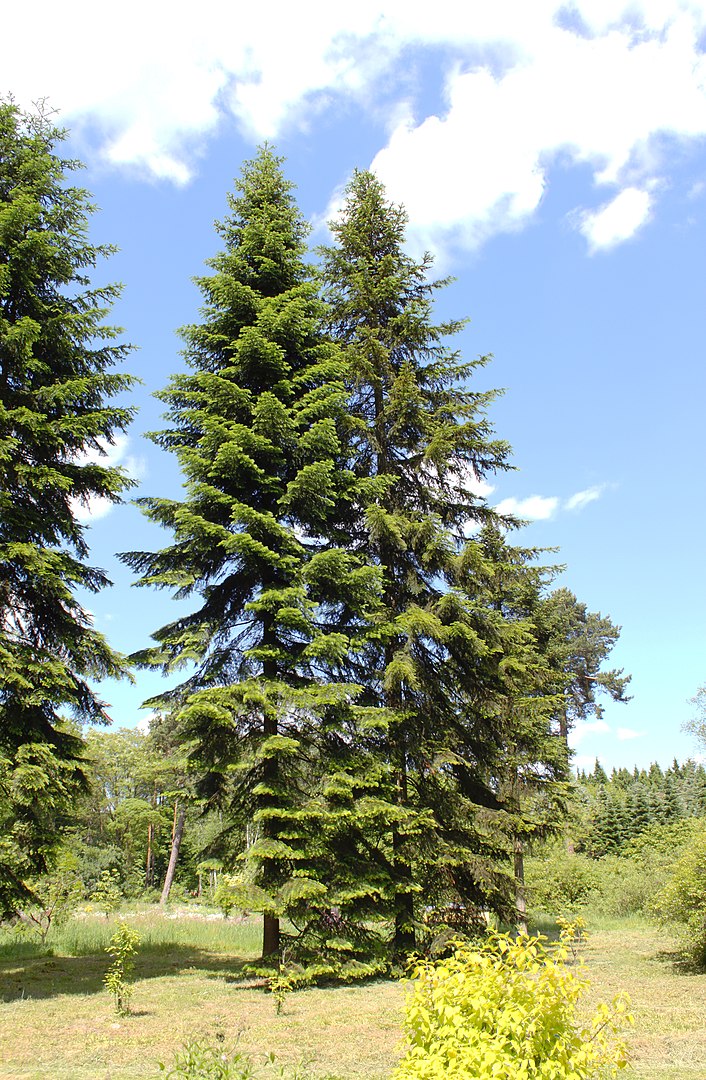 A Siberian Fir, or Abies sibirica as seen in Rogów Arboretum, Poland
A Siberian Fir, or Abies sibirica as seen in Rogów Arboretum, Poland
In the southerly warmer regions, taiga forests also feature deciduous trees. These include a number of birches, willows, aspens, maples, and oaks. Other plant groups such as mosses, ferns, along with a few flowering plants are also found in taiga forests. Examples include Bog Rosemary, Sphagnum Moss, Labrador Tea, Partridgeberry, Cranberry, and Fireweed.
Animals of Taiga
There are not many animals found in the taiga forests due to their harsh weather conditions. The lack of food sources is another reason for relatively low animal life in the taiga. Compared to their southern counterparts, the animals found in taiga have larger bodies - as a way to prevent heat loss.

A moose in the wild
North America’s largest terrestrial animal and largest herbivore - the wood bison, or the wood buffalo, is found in Canada’s boreal forest. Other herbivores found in taiga include elk, roe deer, caribou, and moose. Smaller mammals like porcupines, beavers, and squirrels are also found in these forests. The mammals of the taiga also include predators such as wolves, coyotes, badgers, bears, weasels, wolverines, otters, and foxes. The largest cat in the world - the Siberian Tiger (also called the Amur Tiger) found in northeastern China and Russian Far East and is listed as an endangered tiger species.
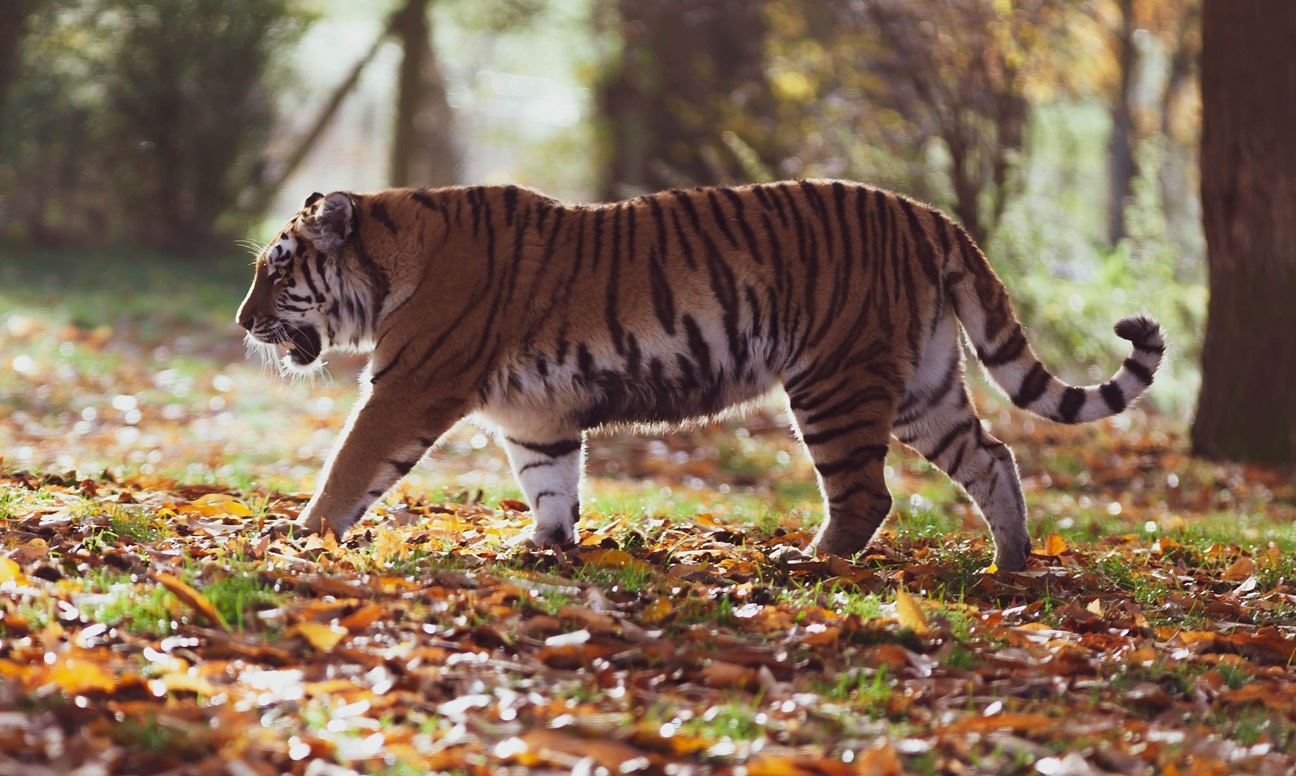
Amur tiger
Cold-blooded amphibians and reptiles are few in the taiga region, and the majority of them hibernate during the winter months. Snakes, the Siberian salamander, and the European adder are some reptile species found in the taiga. A few species of toads, frogs, and salamanders are known to hibernate underground to escape the cold winters.
Burrowing underground, hibernating all through the winter, and migrating to warmer regions during harsh winters are ways the taiga animals have adapted in an attempt to survive.
Forest Fires
Fires are important for the ecological and physical dynamics of the boreal forest and occur at 20 to 500 years of intervals, depending on the forest location. These fires occur naturally, on the ground level and the landscape level. Millions of hectares of forests burn annually which emit carbon in the air, half of which is sequestered to form charcoal. Fires also burn the organic leaf litter, which helps release nutrients in the soil. Because of global warming, the boreal forests have seen an increase in the occurrence of forest fires.
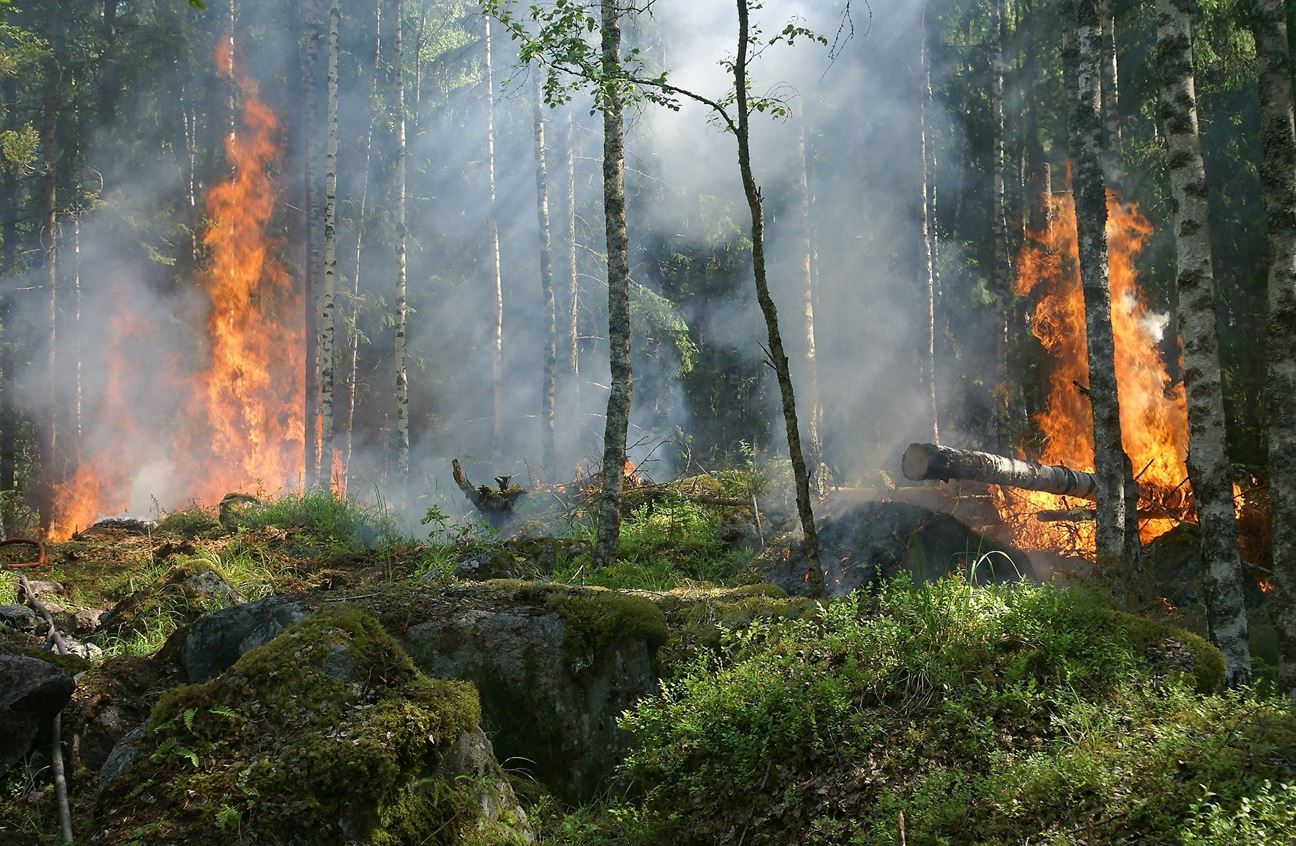
Depending on the plant species, the fire regimes are known to be different. The North American boreal forests are known for their ‘fire embracing’ trees, which have flammable needles. This results in canopy fires that are very intense. As opposed to that, the fires in the boreal forests of Eurasia occur at a ground level and are less intense.
Due to its enormous quantities of carbon, many nations propose that these forests be turned into protected areas and are discouraging logging, mining, and other forms of development.